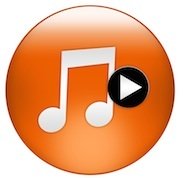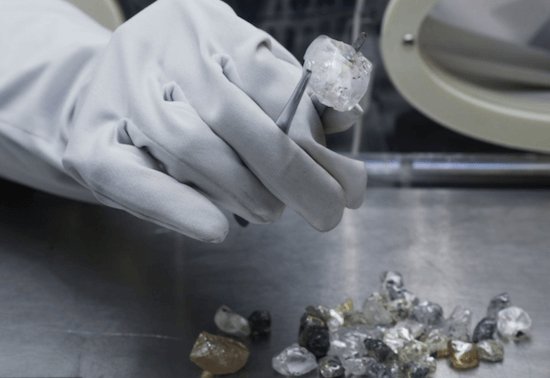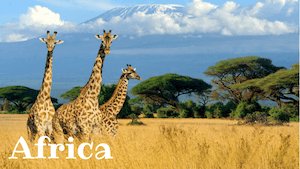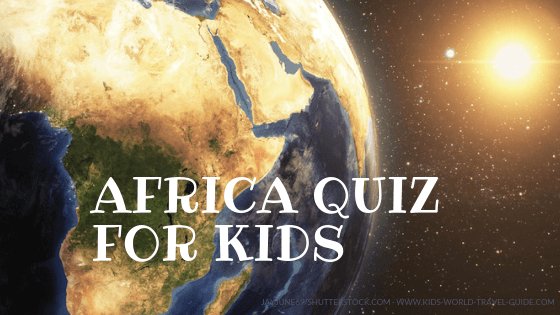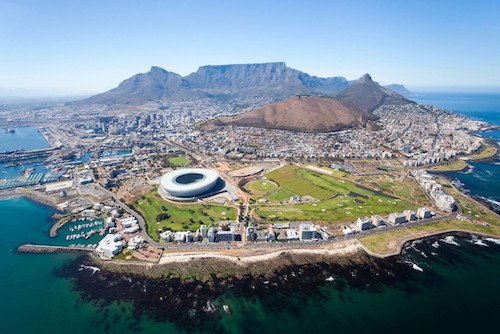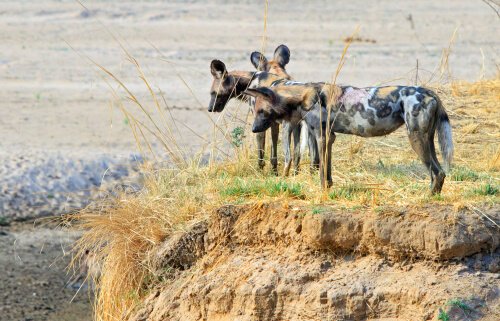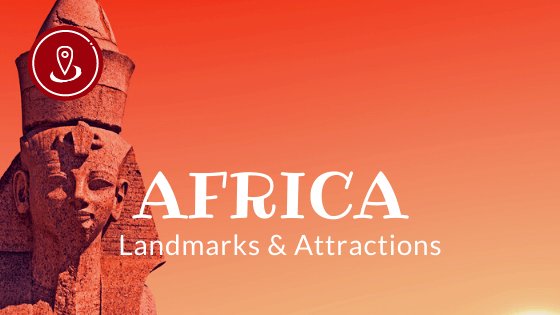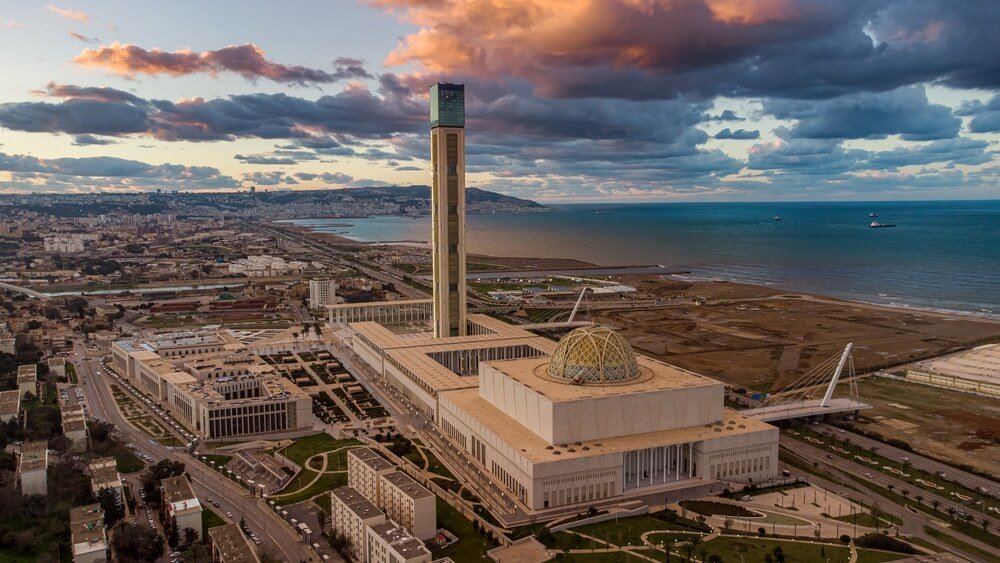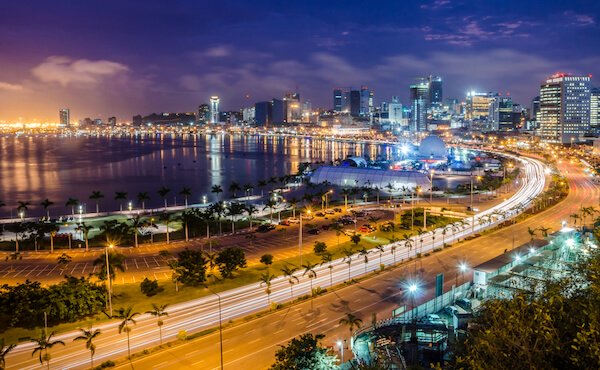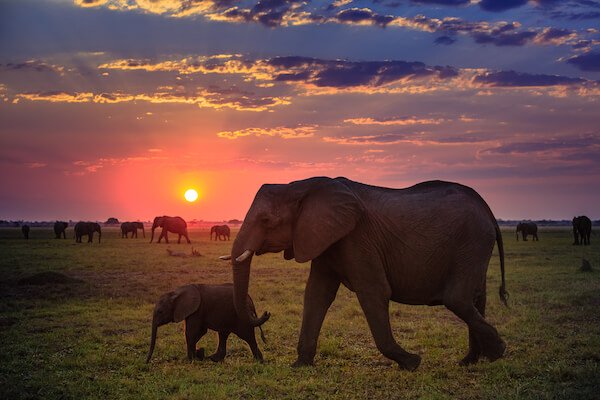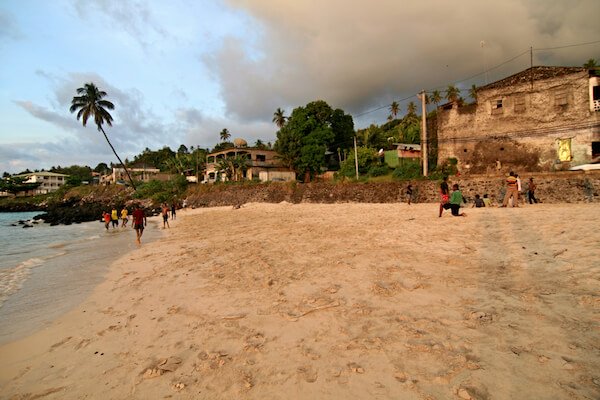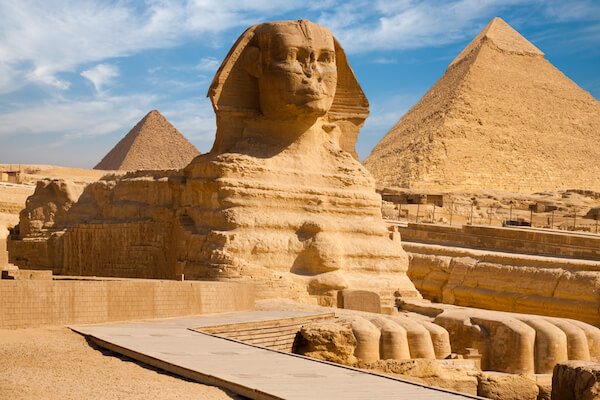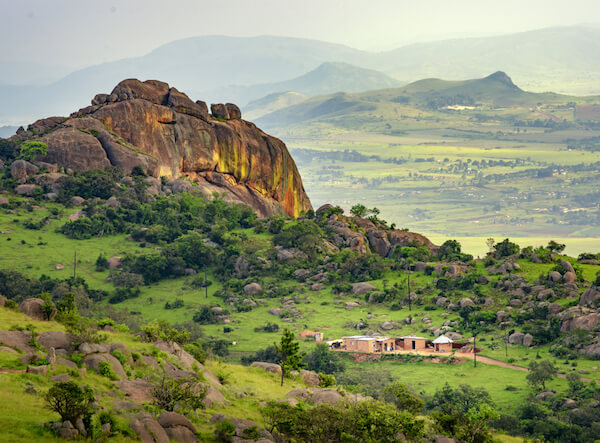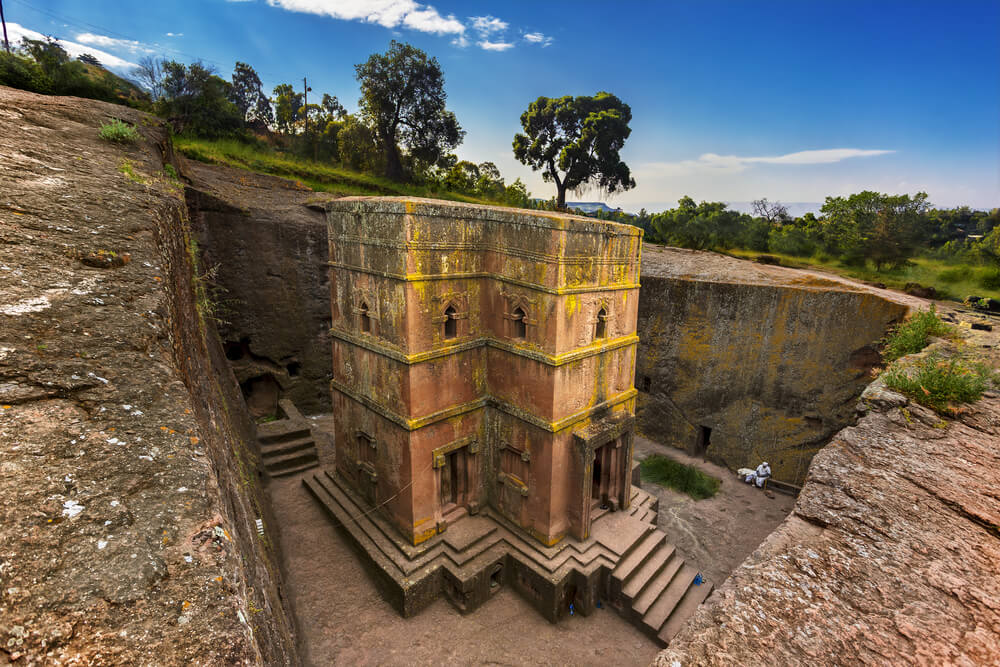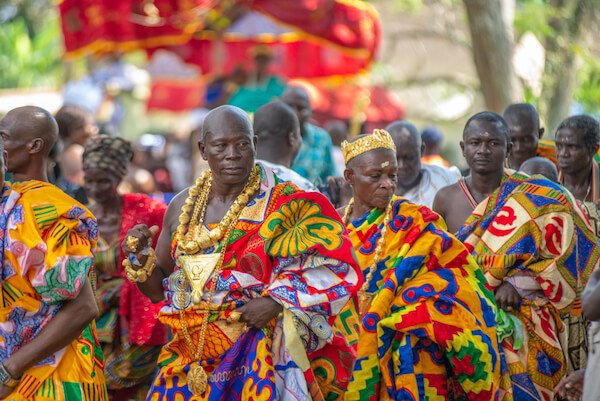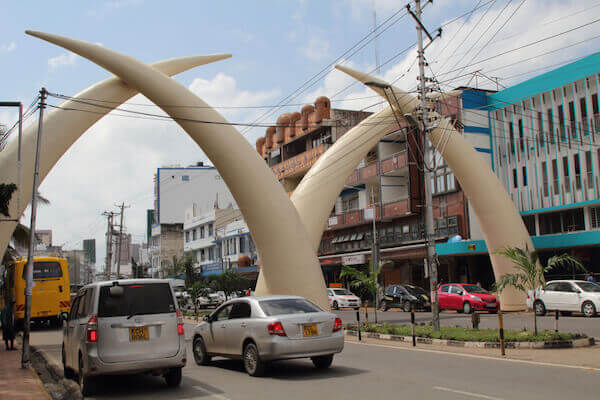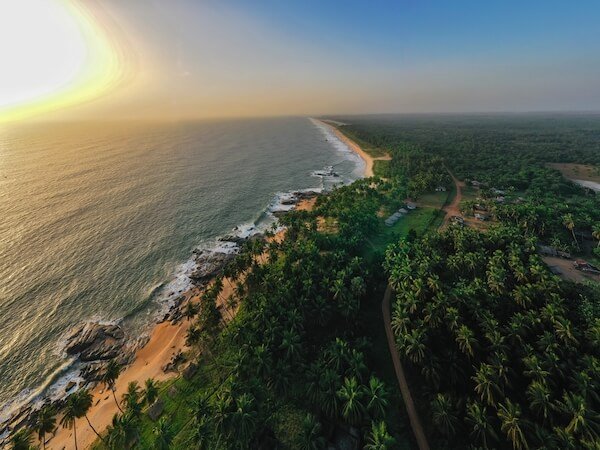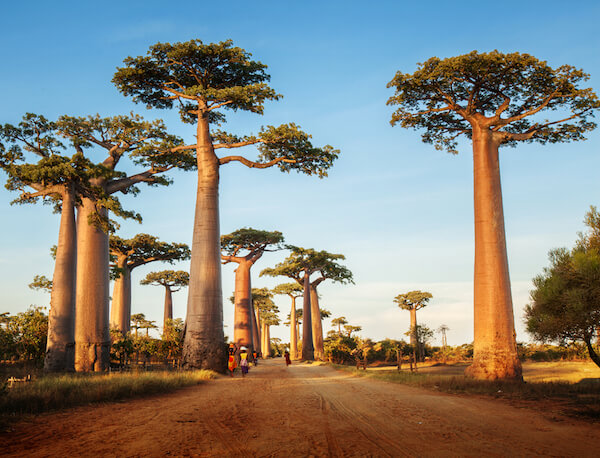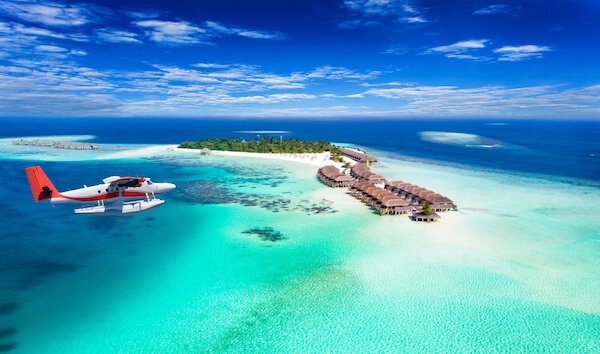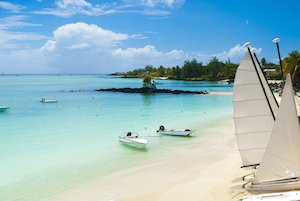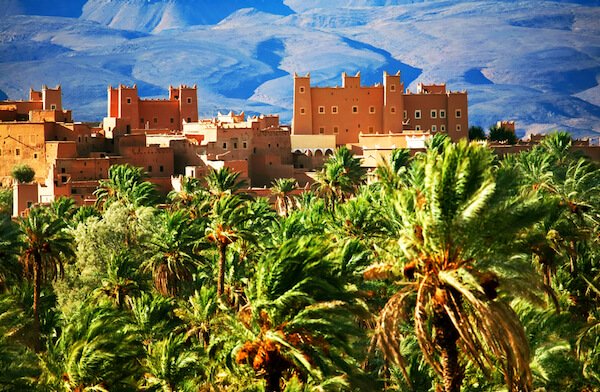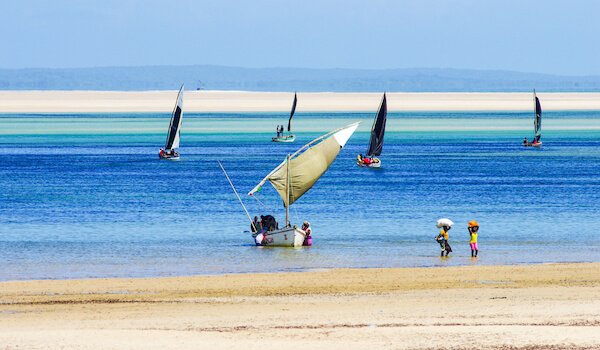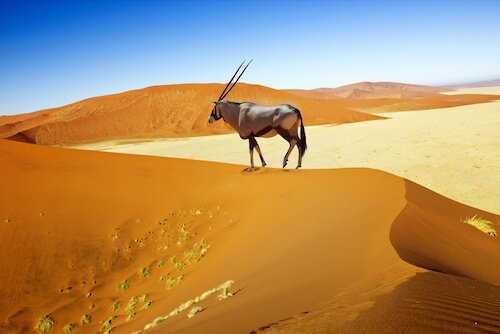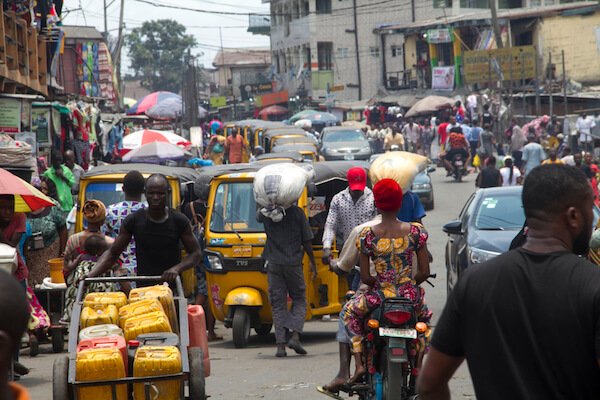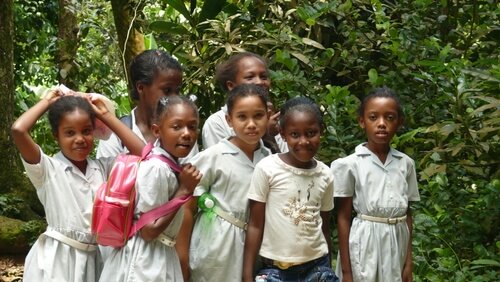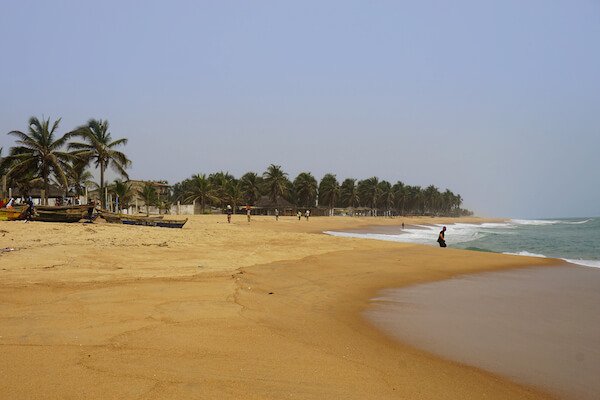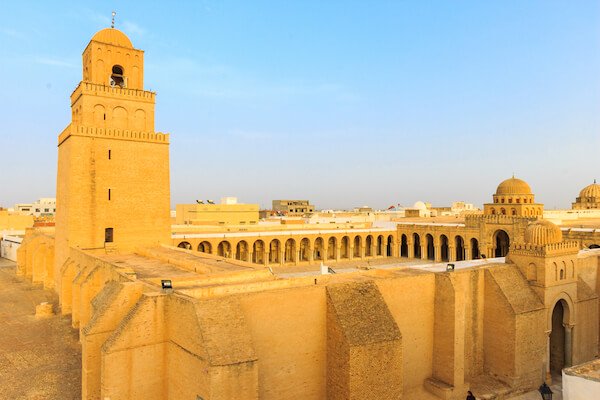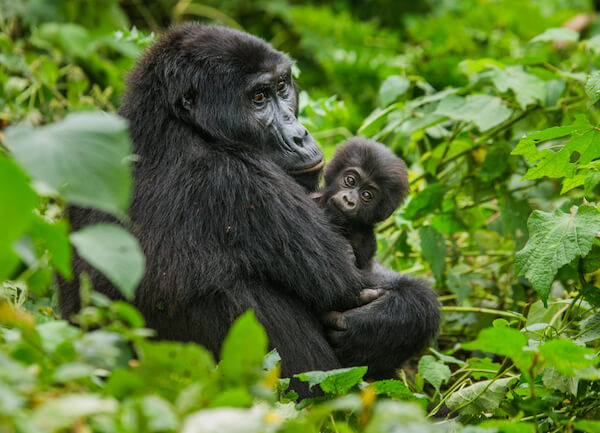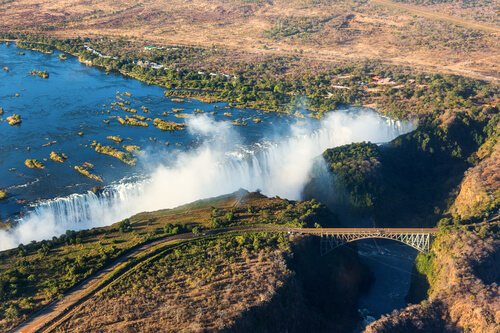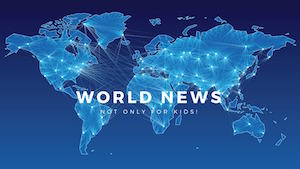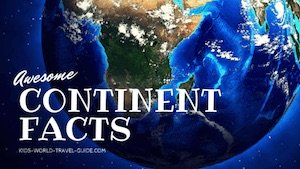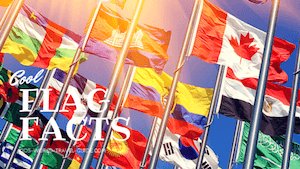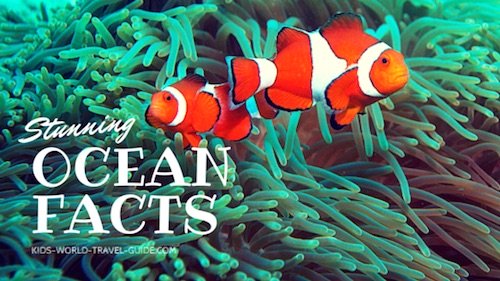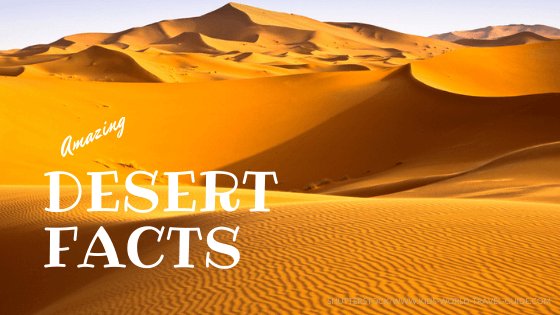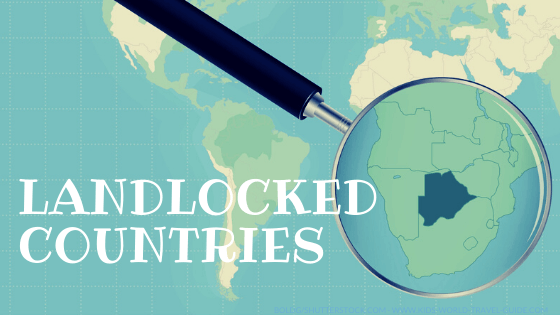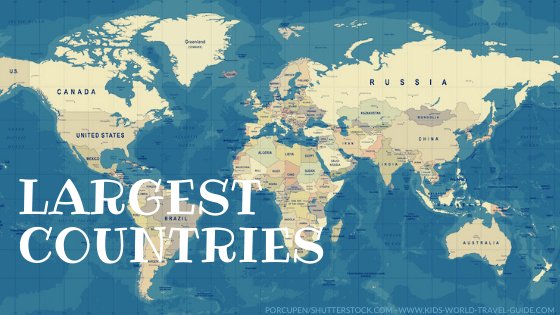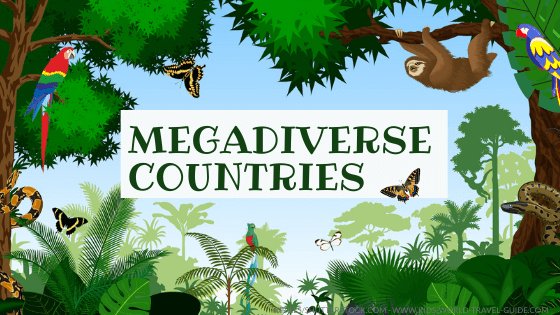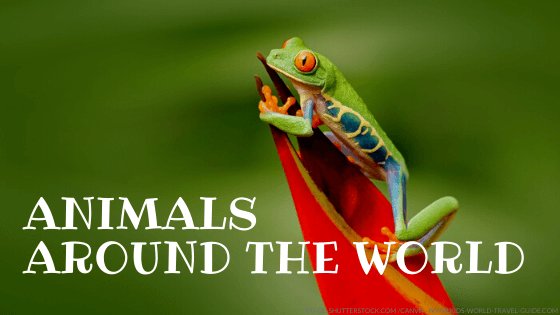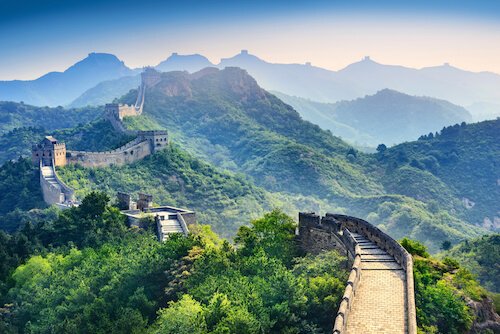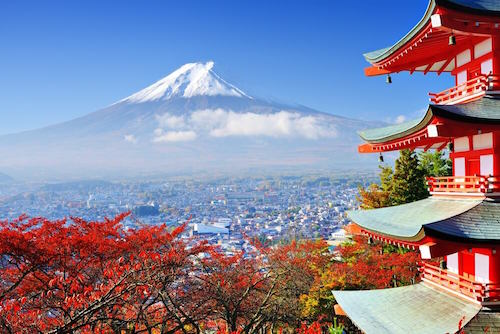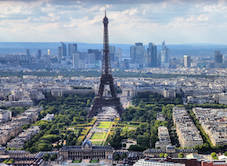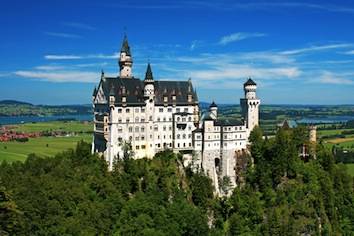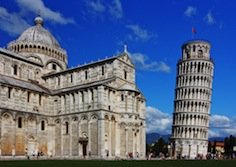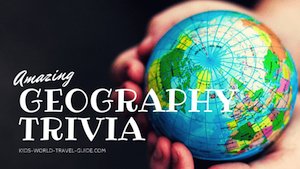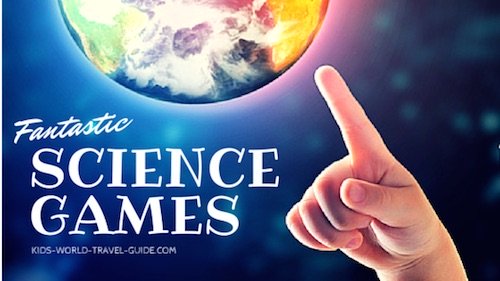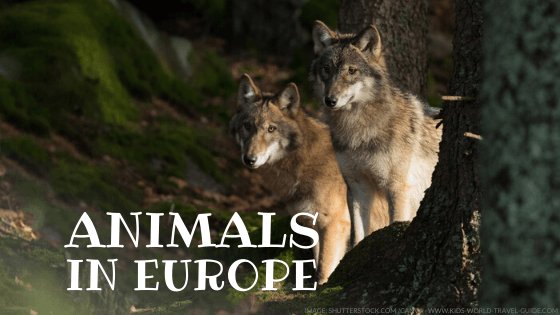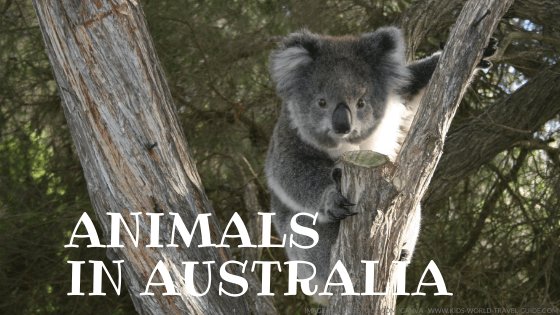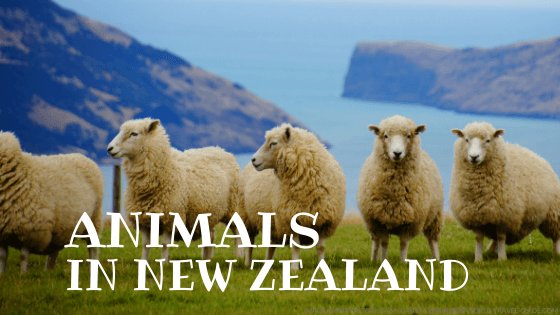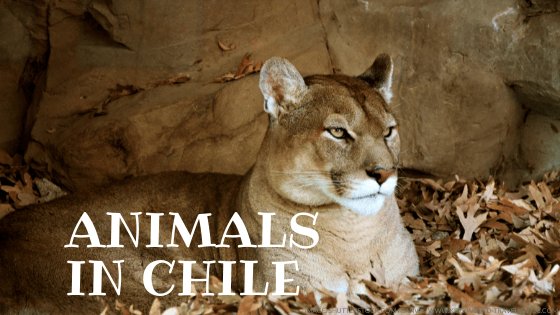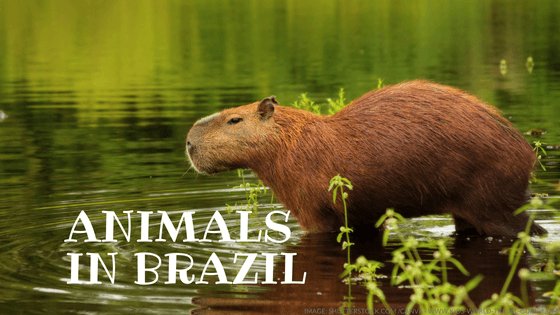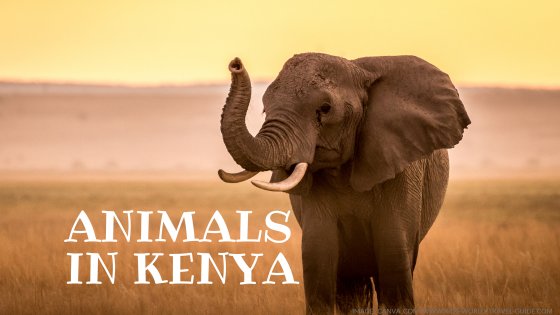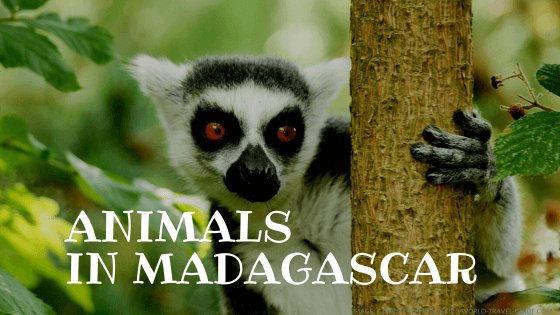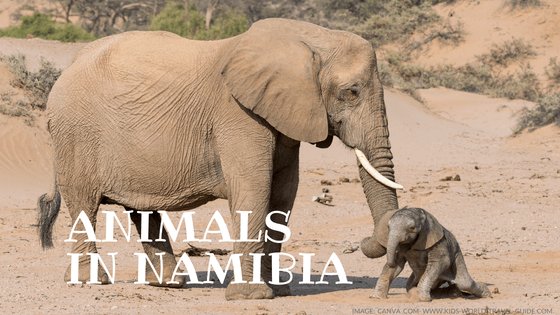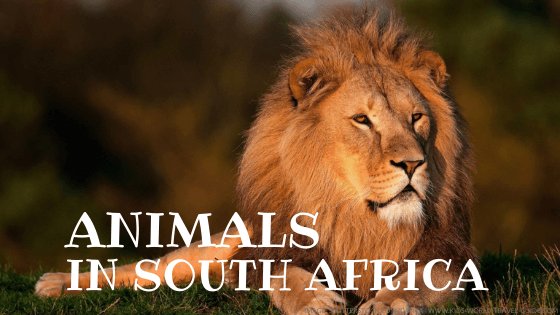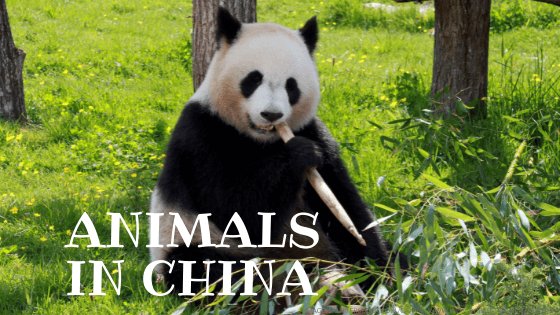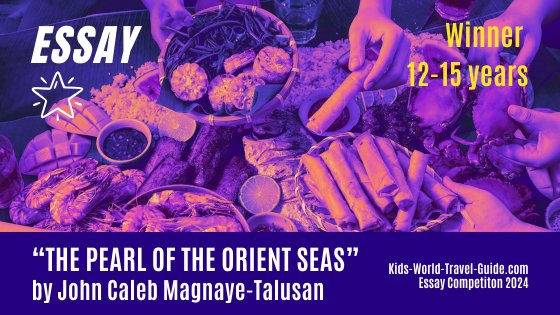- Homepage
- Lesotho
Lesotho Facts
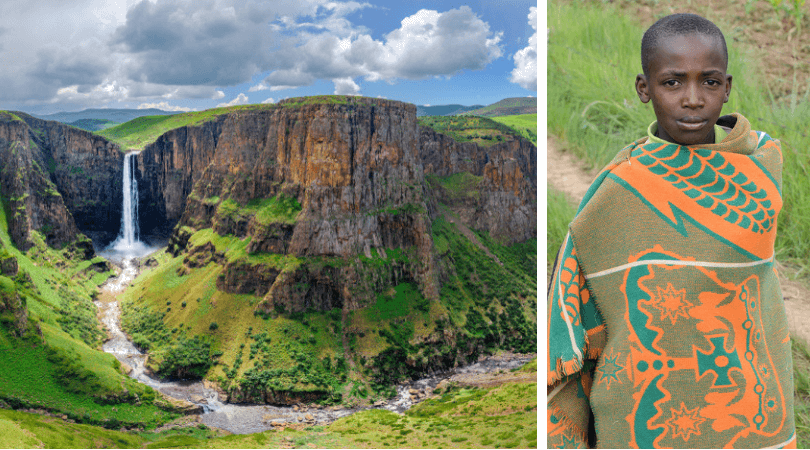
Here are some interesting Lesotho facts which were chosen and researched by kids especially for kids.
Lesotho Facts for Kids
- Population: 2.3 million people (2025)
- Capital: Maseru with 700,000 inhabitants in the district
- Name: Kingdom of Lesotho. The name comes from the Sesotho language and means: "Place of the people who speak Sesotho". Formerly referred to as Basutoland
- King: King Letsie III rules the country as chief of state since 1996
- Motto: 'Peace, rain and prosperity'
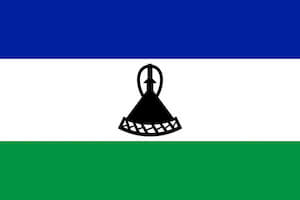 Flag of Lesotho
Flag of Lesotho- Government: Constitutional monarchy
- Language: Sesotho and English
- Religion: mainly Christian (Protestant 48% and Catholics 40%)
- Currency: 1 loti = 100 lisette
- National Day: 4 October (Independence Day)
- National Symbol: Basotho hat
- National Anthem: 'Lesotho, Land of our Fathers' is sung in Sesotho. The musical tune is from a Swiss songbook from 1823.
- History: Lesotho gained independence from the United Kingdom in 1966.
Lesotho Geography
Lesotho is a small mountainous country located on the African continent. Lesotho is a landlocked country and an enclave of South Africa. This means Lesotho is completely enclosed and surrounded by South Africa.
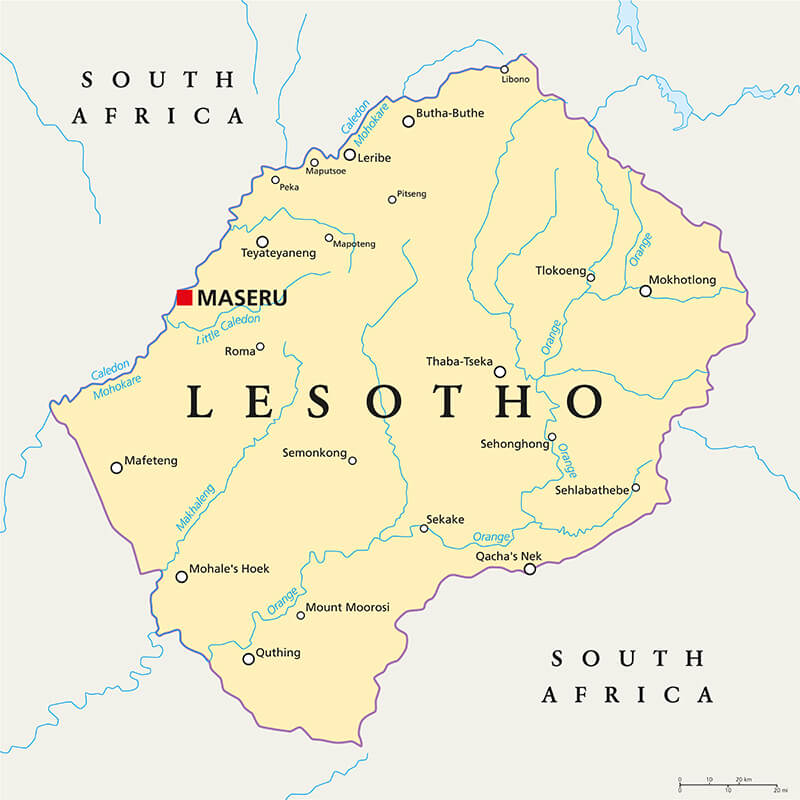 Lesotho Map
Lesotho MapLesotho is roughly the size of Belgium or slightly smaller than the state of Massachusetts in the USA.
There is a small international airport in the capital city Maseru. Only smaller planes can land and depart from the country. The closest international airport is in Johannesburg in South Africa, a 55-minute-flight from Maseru.
Read our South Africa facts for kids here.
Lesotho Facts | Lesotho Geography
- Lesotho lies on a high plateau with hills and mountains
- Lesotho is the highest country in the world as the entire country is situated above 1,400 m/ 3,280 ft
- 80% of the county lie above 1,800 m/ 5,906 ft
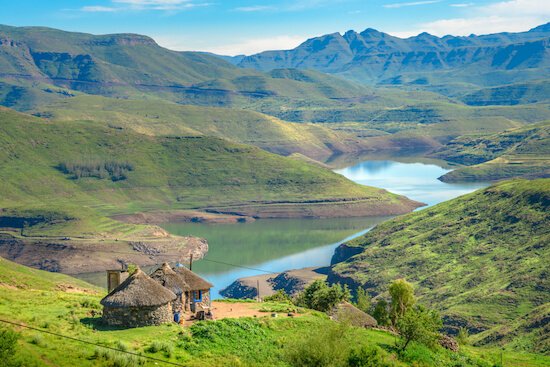 Lesotho - Mountain Kingdom
Lesotho - Mountain Kingdom- Lesotho's highest point is Thabana Ntlenyana with 3,482 m/ 11,423 ft.
- The country's climate is a temperate climate with cold and dry winters from May to September and a rainy hot summer season from November to March
- Sehlathebe National Park belongs to the UNESCO world heritage site, Maloti-Drakensberg Park, houses many endangered species such as the Cape vulture.
Lesotho Facts
Tourist Attractions in Lesotho
- Sani Pass: is one of the world's most beautiful mountain passes and is actually in no man's land between the borders of Lesotho and South Africa! The Lesotho border post is at the summit at 2,874 m/ 9,429 ft. while the South African border post is at the bottom of the mesmerising winding drive.
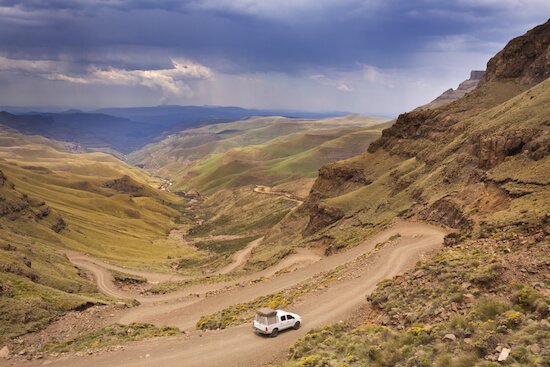 Sani pass - on the way to Lesotho
Sani pass - on the way to Lesotho- Afriski: In Lesotho, you can go skiing and snowboarding! Situated in the Maluti mountains, this popular mountain resort is located at over 3,222 m/ 10,570 ft. The ski slopes of the skiresort operate in winter from June to August but the mountain resort is open all year round!
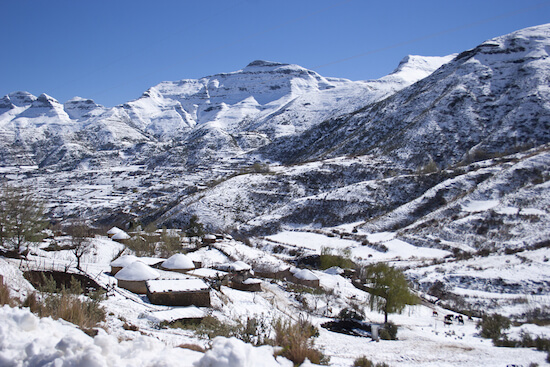 Snow in Lesotho
Snow in Lesotho- Katse Dam: The dam has the highest dam wall on the African continent at an elevation of over 2,000 m/ 6,561ft. From the top of the 185 m/ 607 ft wall, one can have splendid views over the water reservoir.
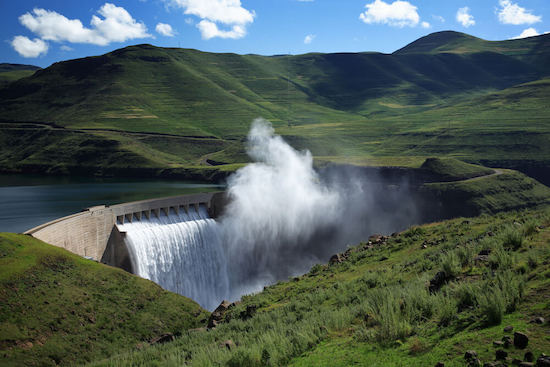 Katse Dam in Lesotho
Katse Dam in Lesotho- Maletsunyane Waterfall: The waterfall is 192 m/ 630 ft high. Here you will also find the world's highest abseiling cliff.
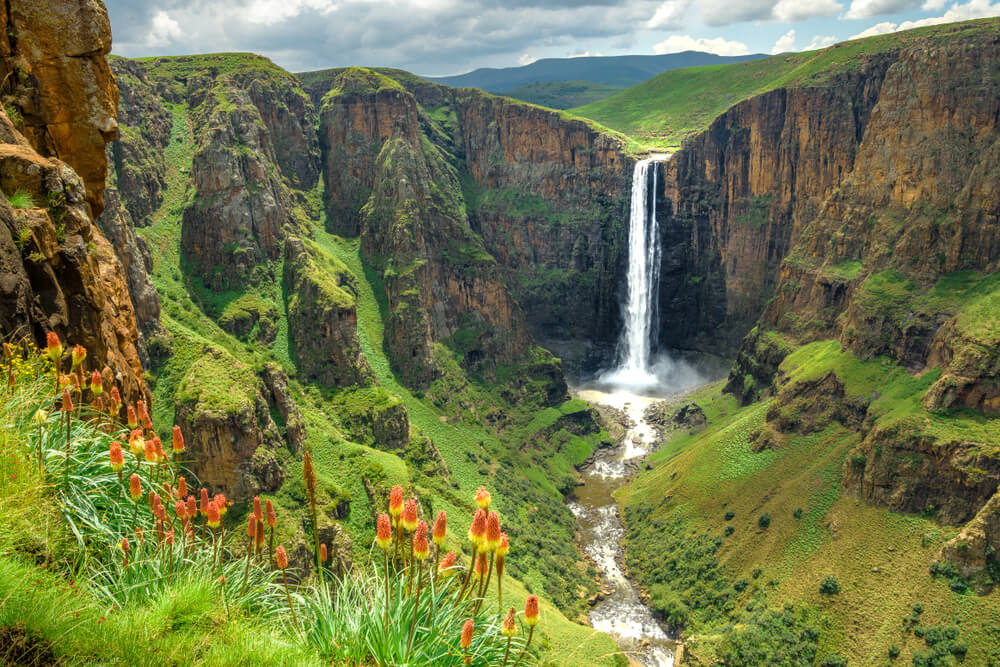 Maletsunyane Waterfall
Maletsunyane Waterfall- Hlotse: Several dinosaur footprints can be seen at the Subeng Stream in Tsehlanyane Nature Reserve. These dinosaur footprints are more than 180 million years old and preserved in sandstone.
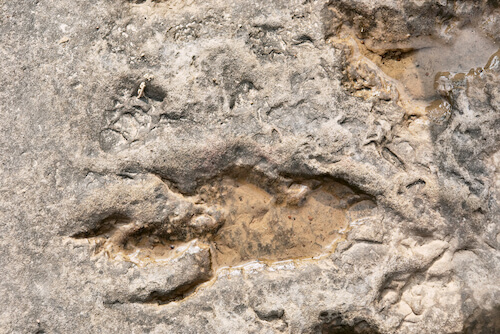 Dinosaur tracks in Lesotho
Dinosaur tracks in LesothoLesotho Facts | Lesotho Economy
The economy in Lesotho is mainly driven by manufacturing, agriculture and tourism.
The main agricultural produce in Lesotho include corn, wheat, pulses and sorghum.
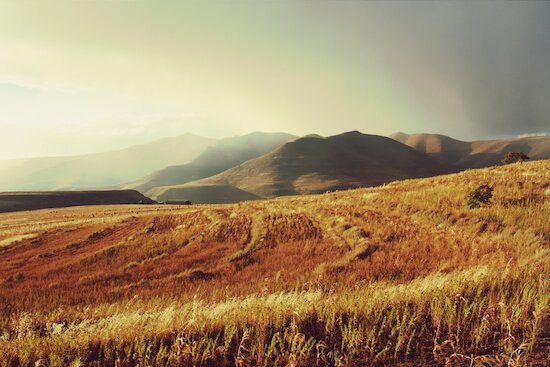 Wheat fields in the Maloti mountains
Wheat fields in the Maloti mountainsKatse dam is the main energy supplier in Lesotho. The country is one of the few in the world that produces and uses only renewable energy in the form of hydroelectric power. However, the majority (70%) of the people in Lesotho live without electricity.
Most of Lesotho's hydroelectric energy and the water from the reservoir are transferred to neighbouring South Africa.
In many Basotho families, the main breadwinners either work on their own farms, in the textile industry, or in the government, which is the biggest employer in the country.
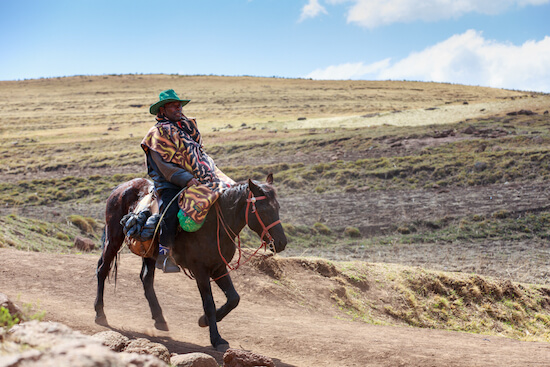 Basotho man riding on a Basotho pony, a special horse breed
Basotho man riding on a Basotho pony, a special horse breedMany locals also have at least one family member who lives in South Africa, where they mainly work on farms or in the mines. These family members send remittances (money) back home to support the family in Lesotho.
Main exports include clothing, footwear, wool, food, electricity, water and diamonds. The biggest export partners are South Africa (57%) and the USA.
Lesotho Facts | Lesotho People
The people in Lesotho are called Basotho. However, one person only is referred to as Mosotho. More than half of the population is very poor, with many still living in thatched roof huts made from bricks and mud. These round huts are called rondavels.
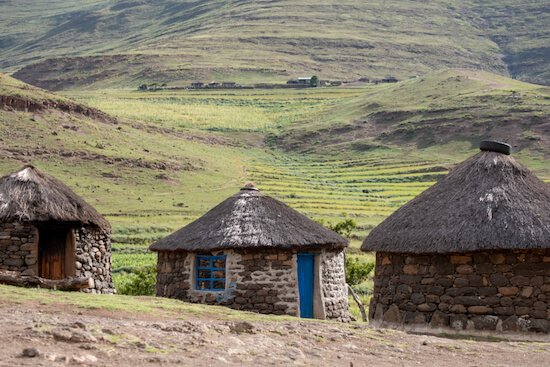 Typical Basotho rondavels
Typical Basotho rondavelsIn the towns and cities, these rondavels have been replaced by modern houses and multi-storey buildings as you can see here in the capital city Maseru. The name 'Maseru' in the Basotho language means: 'the place of the red sand stone'.
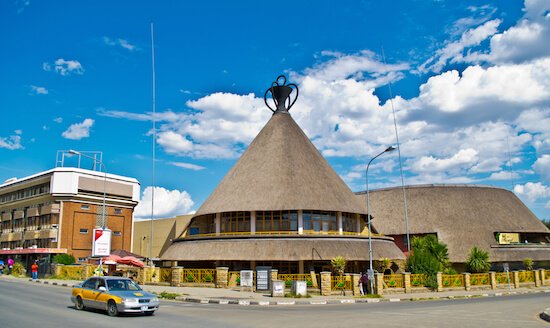 Maseru landmark - Basotho hat building
Maseru landmark - Basotho hat buildingThe vast majority of the population in Lesotho still live in poverty. Also about 75% of the population lives in rural areas.
The traditional clothing of the Basotho people is a blanket! A beautiful patterned woollen garment which all Basotho people wear proudly!
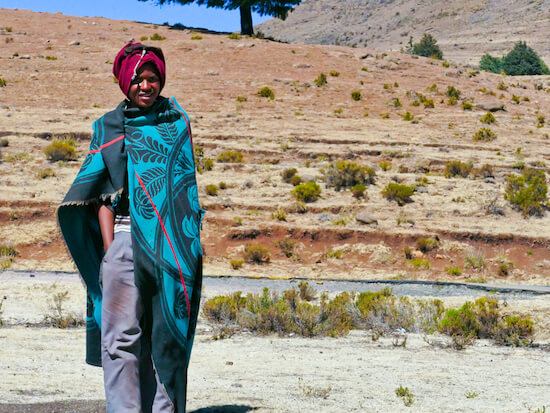 Mosotho boy wearing the traditional blanket
Mosotho boy wearing the traditional blanketLesotho has the second highest HIV rate in the world. This means that 1 in four people are infected by AIDS and thus the life expectancy of the Basotho people is very low.
The life expectancy stands at 59 years. The health system is very limited with only seven doctors for 100,000 people in Lesotho.
However, education has improved significantly in the last decade. Most adults in the country can now read and write as seen by the literacy rate of 80%.
Languages in Lesotho
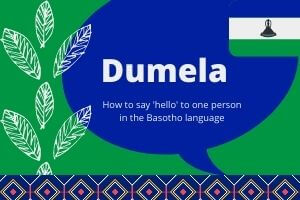
Sesotho and English are the official languages in Lesotho, but some people also speak Xhosa or Zulu.
Here four easy words to remember:
- dumela - hello (to one person)
- dumelang - hello (to two or more people)
- khotso - peace (said as a greeting to one person)
- khotsong - peace (greeting to two or more people)
Lesotho Facts | Food in Lesotho
Corn, wheat, sorghum and root vegetables are the main agricultural products in the Lesotho.
Basotho main dishes thus may contain: corn/maize, wheat and vegetables and sometimes also meats such as lamb and goat, beef and chicken.
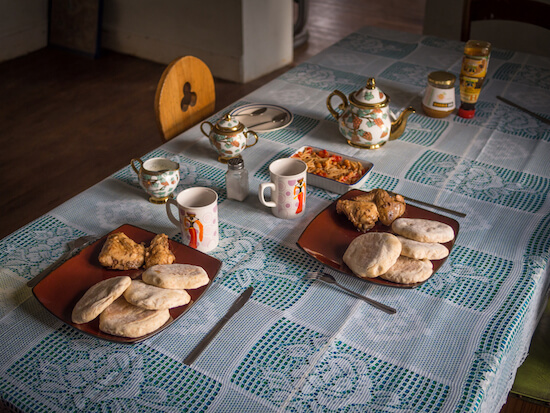 Typical breakfast with bread, chicken and tea
Typical breakfast with bread, chicken and teaHere are some typical Basotho food and dishes:
- Bohobe: homemade bread, either steamed or baked in the oven
- Papa: cornmeal porridge or thick maize mash,
- Motoho: thick drink made with fermented sorghum or eaten as soft porridge made with crushed sorghum
Lesotho Animals
Lesotho has a varied wildlife and an alpine flora. The mountain kingdom is home to many alpine animals and plants. The blue bustard, Cape vulture and white-tailed mouse are on the endangered animals list.
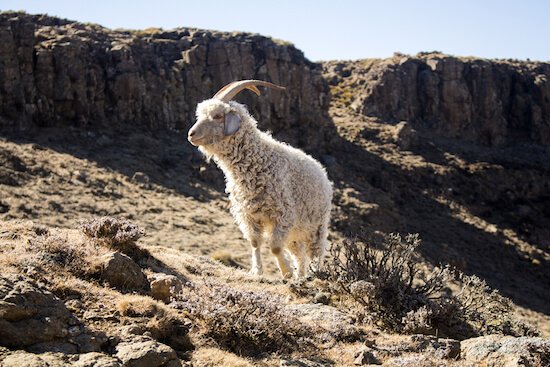 Angora goat
Angora goatAngora goats and merino sheep are kept for their wool. They can be found throughout the country.
Lesotho Facts | Did you know…?
A diamond mine in Lesotho, called Letšeng mine, is known for its large top-quality diamonds.
These diamonds are said to be the most valuable diamonds in the world. Letšeng is the highest diamond mine in the world, located at 3,100 m/ 10,170 ft above sea level.
Lesotho Facts | Resources
Source for Lesotho Facts page:
- Central Intelligence Agency. "Lesotho." WorldFactBook. Last updated 12 February 2025. Last accessed 28 February 2025
- Afriski Mountain Resort. "Discover Lesotho." Afriski. Last accessed 28 February 2025
- Letseng Diamonds. "Letseng Mine." Last accessed 28 February 2025
Popular Pages
Image Credits on Lesotho Facts: shutterstock.com and wikicommons, if not otherwise stated.
We hope you enjoyed reading our Lesotho Facts. Please bookmark this page and spread the word. We will add more information in the near future as we still have to sort through our images and stories from our latest travels.
More Countries in Africa
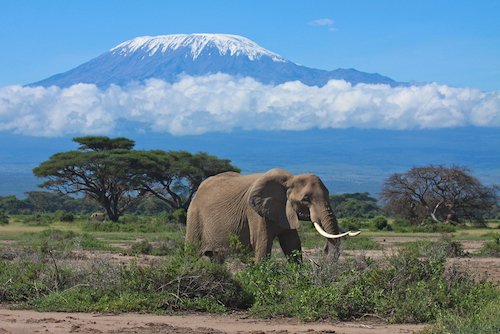 Tanzania
TanzaniaLike what you read?

|
Simply share the html code below. Copy and paste onto your website, blog or Facebook page: <a href="https://www.kids-world-travel-guide.com/lesotho-facts.html">Kids World Travel Guide: Lesotho Facts for Kids</a> |
